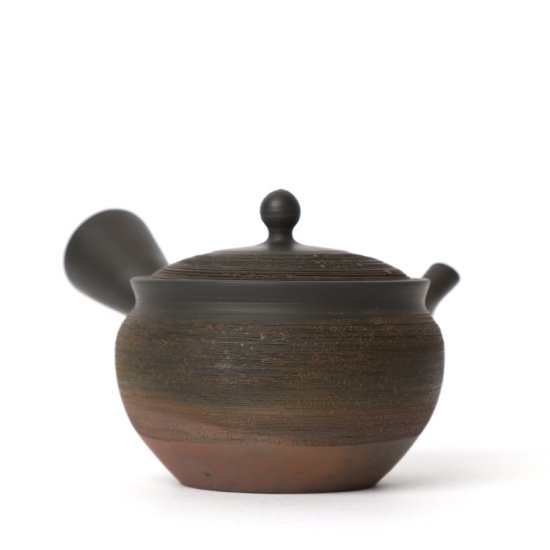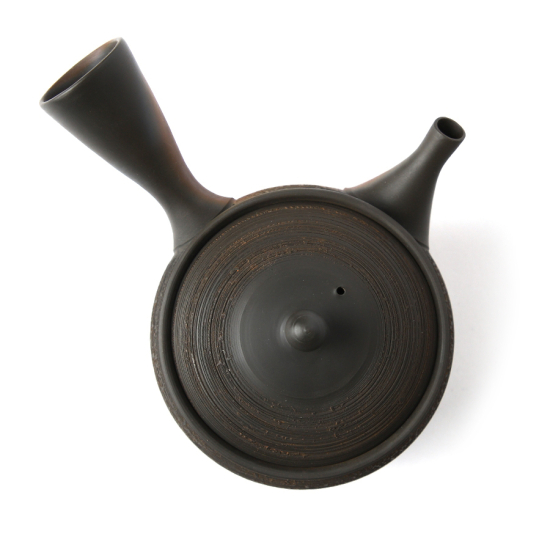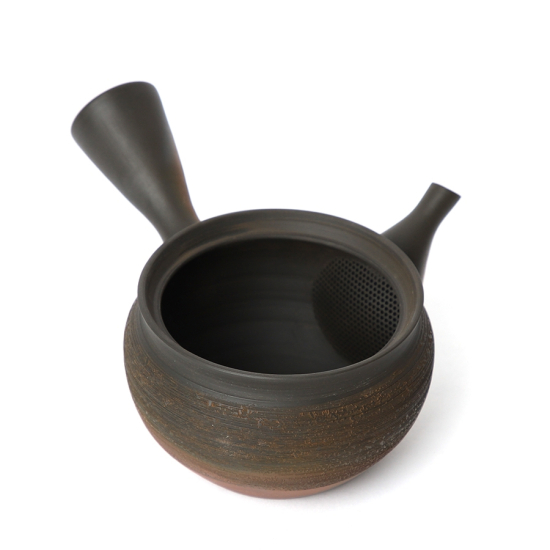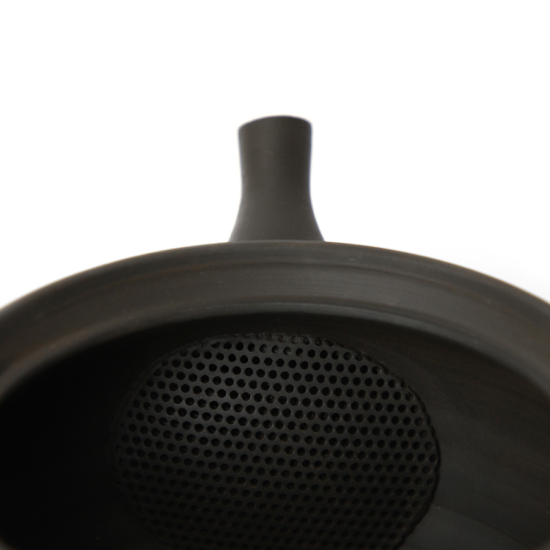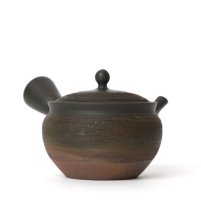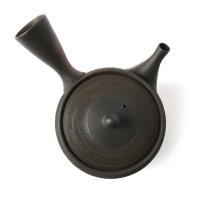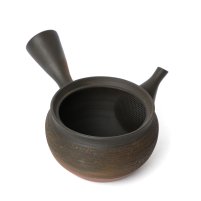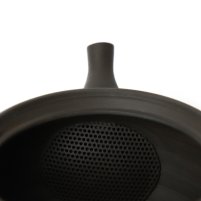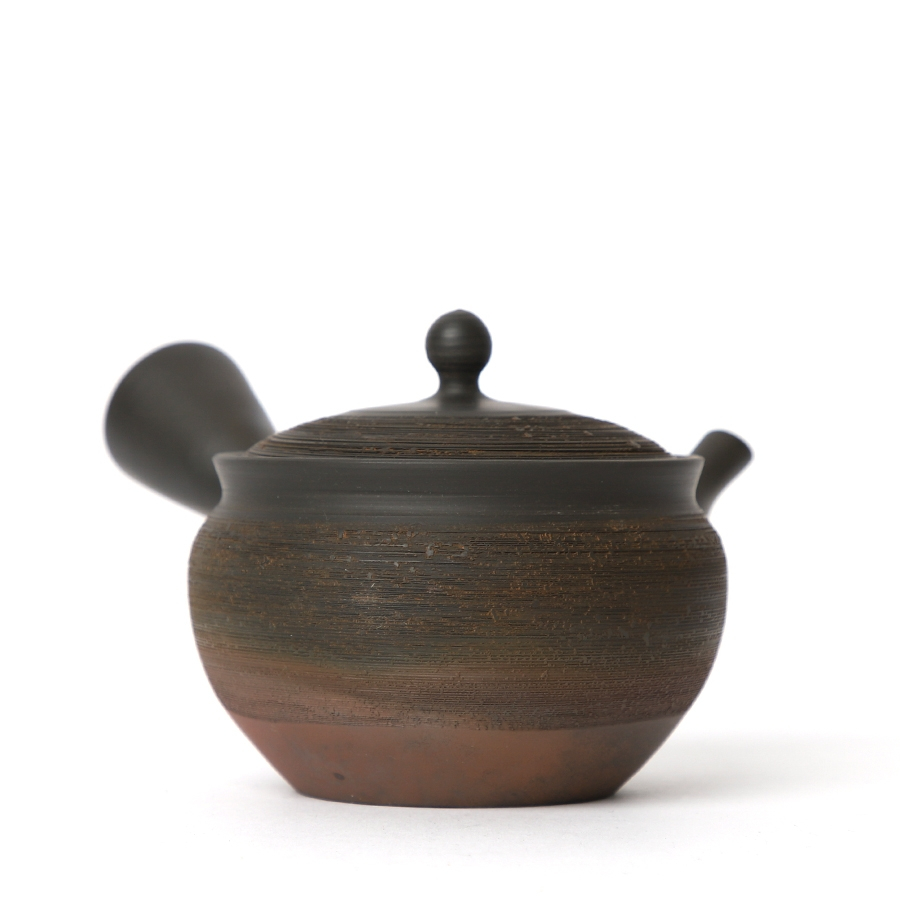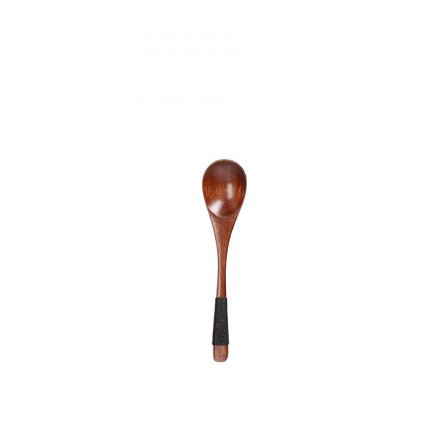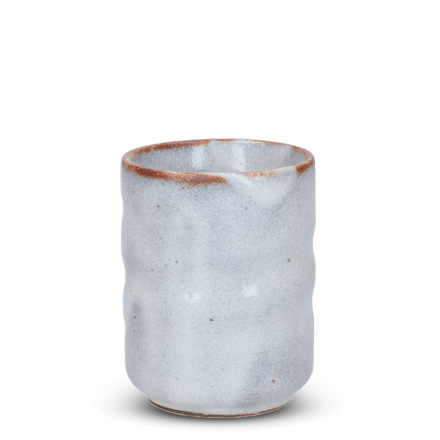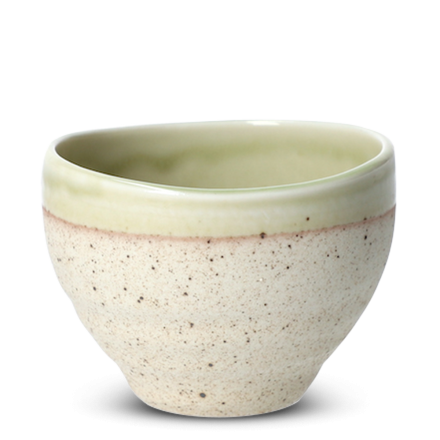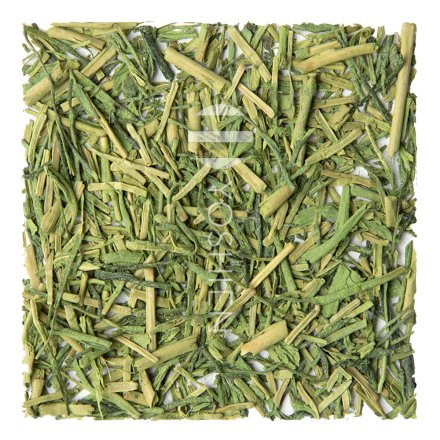This traditional kyusu is made by hand from natural clay by the Gyokko studio in Tokoname. The great tradition of craftsmanship and the extremely careful production method make this kyusu the ideal entry-level and everyday model for connoisseurs of high-quality Japanese green teas.
Kyusu Tokoname
Yohen Matsukawa
SKU
4835
Original Japanese, hand-turned side handle teapot from the well-known Studio Gyokko from Tokoname with integrated ceramic strainer. Ideal for the preparation of sophisticated Japanese green tea. Made from natural red clay. This, combined with the special combination of reduction and oxidation firing, results in random coloruing (Yohen 窯変).
| Type | Tokoname-yaki kyusu teapot with side handle |
| Origin | Tokoname, Aichi, Japan |
| Studio/Artist | Gyokkō |
| Volume | 300ml |
| Dimensions | Ø9,8 x 7,3 cm |
| Weight | 220g |
| Material | Ceramic |
| Glaze | Yakishime (unglazed) |
| Production | Ikomi casting then hand assembled |
| Strainer | Ceramic (cera-mesh) |
| Artist's stamp | Yes |
| Packaging | Box |
In stock



